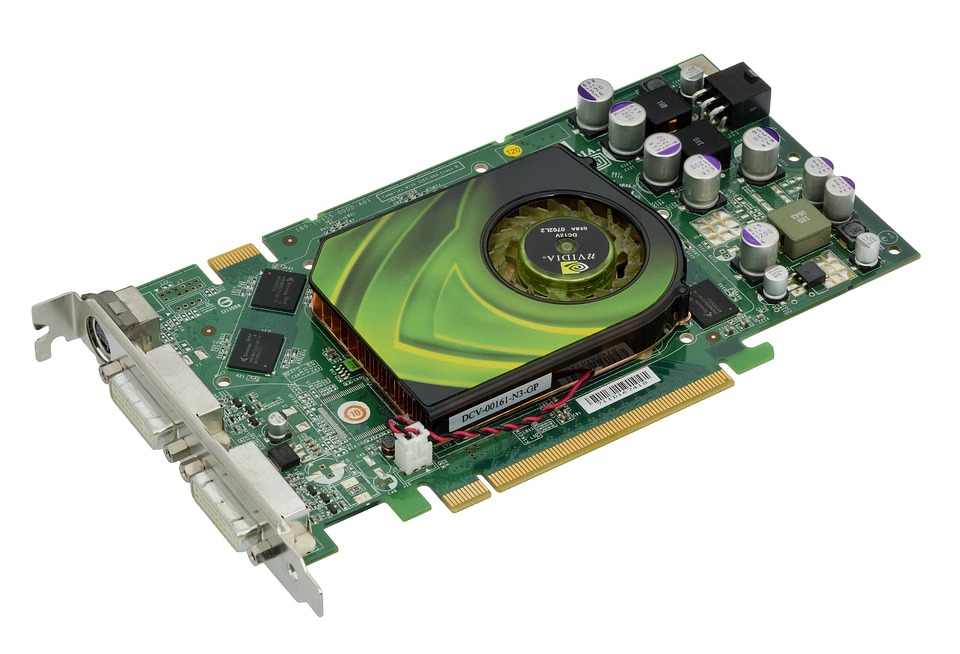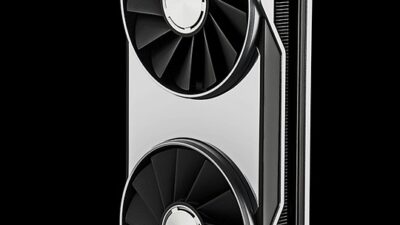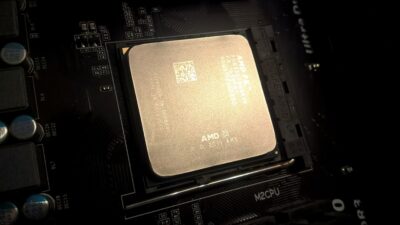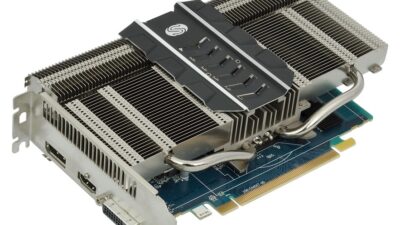In recent years, Nvidia has established itself as a pivotal player in the realms of graphics processing units (GPUs) and artificial intelligence (AI). As we stand on the cusp of a new technological era, Nvidia is not just pushing boundaries but redefining the very fabric of graphics rendering, computing, and the application of AI across multiple industries. This article explores how Nvidia’s innovations are shaping the future of both graphics and AI, positioning the company as a pioneer in a rapidly evolving landscape.
The Genesis of AI at Nvidia
Nvidia’s journey into AI started with its early adoption of parallel computing architectures. Initially known for its GPUs that revolutionized gaming and visual graphics, the company soon recognized the potential of its technology beyond gaming. The introduction of CUDA in 2006 allowed developers to leverage GPU power for a variety of computational tasks, paving the way for breakthroughs in AI and machine learning. With a dedicated focus on AI research and development, Nvidia has continued to expand its contributions to this field, leading to major advancements in deep learning, neural networks, and autonomous systems.
Transforming Graphics with AI
Realistic Rendering
Nvidia’s RTX technology, which debuted with the GeForce RTX series, seamlessly integrates real-time ray tracing alongside advanced shading techniques. Ray tracing simulates the way light interacts with objects in a digital environment, creating hyper-realistic graphics. With the inclusion of AI-driven denoising via Tensor Cores, Nvidia has drastically improved the quality of rendered scenes, allowing developers and artists to achieve stunning visuals that were previously considered unattainable in real-time graphics.
AI-Enhanced Gaming
Nvidia’s DLSS (Deep Learning Super Sampling) technology is a game changer in the gaming industry. By utilizing neural networks to upscale lower-resolution images in real-time, DLSS allows players to experience high-performance gaming without sacrificing visual fidelity. As a result, even entry-level hardware can deliver cutting-edge graphics and frame rates, democratizing access to high-quality gaming experiences.
Creative Tools
Nvidia is not limited to just gaming. The company has ventured into creative industries by introducing tools like GauGAN—a generative adversarial network that allows users to create photorealistic images from simple sketches. This enables artists to explore their creativity without the cumbersome limitations of traditional software, demonstrating Nvidia’s commitment to enhancing productivity and creative expression through cutting-edge AI technologies.
Revolutionizing Computing
AI in Data Centers
Nvidia’s GPUs have become the backbone of modern data centers, particularly in the context of AI workloads. The company’s A100 and H100 Tensor Core GPUs are designed specifically for high-performance computing tasks, including training AI models and running complex simulations. As organizations across industries adopt AI solutions, Nvidia’s GPUs provide the necessary computational power to facilitate these transitions, establishing the company as a leader in the AI hardware market.
Automation and Industry Applications
Nvidia’s technology extends beyond gaming and data centers into various industries, including healthcare, automotive, and finance. From autonomous vehicles powered by Nvidia’s Drive platform to AI-driven diagnostic tools in healthcare, Nvidia is enabling transformative solutions that leverage advanced computing power and machine learning capabilities. This ubiquity across sectors demonstrates the versatility and essential nature of Nvidia’s innovations.
The Future of Nvidia and AI
Looking ahead, Nvidia continues to invest heavily in AI research, exploring avenues such as conversational AI, robotic automation, and even quantum computing. The company is poised to lead the AI race through strategic partnerships, acquisitions, and continual refinement of its technology.
As AI becomes increasingly integrated into daily life—from smart home devices to personalized shopping experiences—Nvidia’s pioneering efforts will play a crucial role in shaping these innovations. Furthermore, as ethical considerations around AI and machine learning grow in importance, Nvidia is expected to prioritize responsible AI development, ensuring that its technologies are used for the benefit of society.
Conclusion
Nvidia’s AI revolution is not just a technological advancement; it is a paradigm shift that is setting the stage for the future of graphics and computing. By harnessing the power of AI, Nvidia is transforming industries and enriching user experiences, from gaming to professional applications. As Nvidia accelerates its innovations in AI and graphics technology, it remains a beacon of what’s possible when cutting-edge vision meets relentless pursuit. As we embrace this new era, the question is no longer whether AI and advanced computing will shape our future—it’s how profoundly and inspiringly they will do so, with Nvidia leading the charge.



